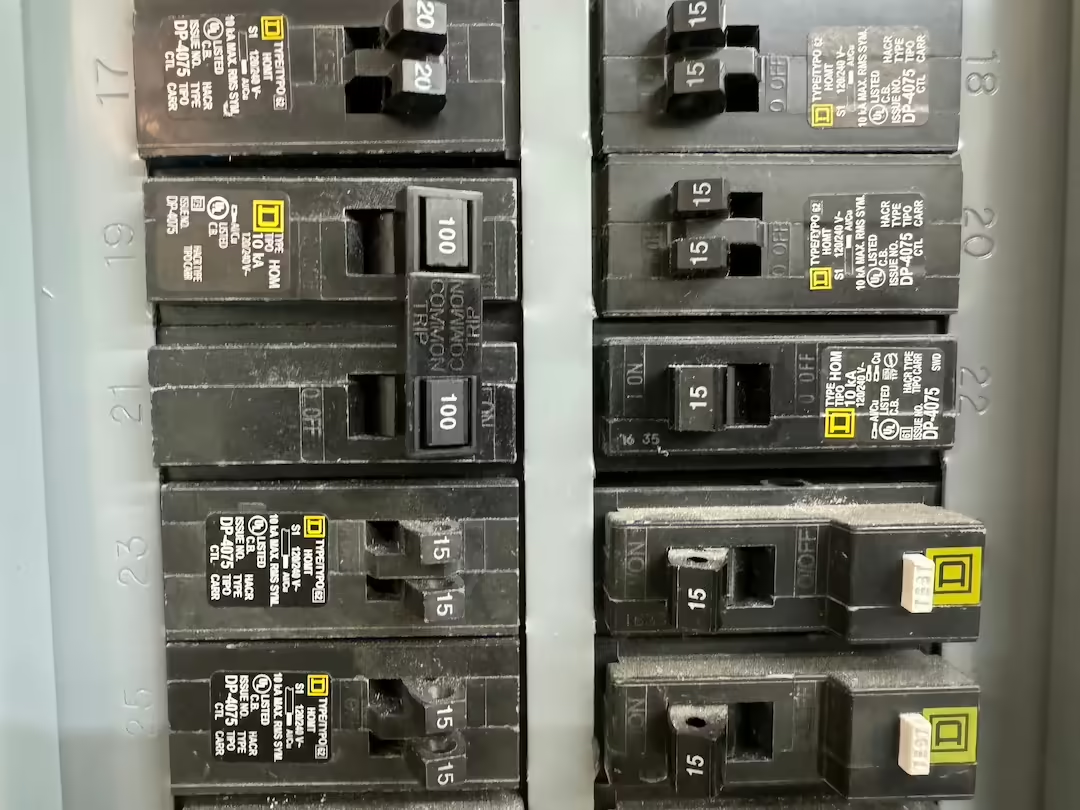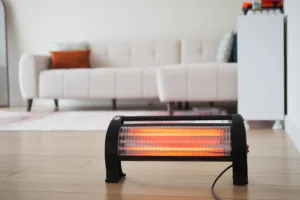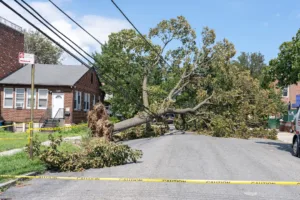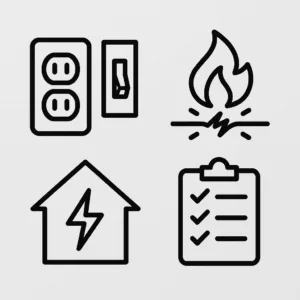Electrical panels, often referred to as breaker boxes or distribution boards, are essential components of your home’s electrical system. They serve as the central hub where the electricity from the utility company is distributed throughout your home. By understanding how electrical panels work, homeowners can safely manage their electricity usage and ensure their home’s electrical system is running efficiently.
History of Electrical Panels
The evolution of electrical panels has significantly influenced the way we power our homes, particularly in Long Island, NY. In the early 20th century, Long Island experienced rapid electrification, with older panel systems gradually making way for modern breaker boxes. Understanding this history helps appreciate the advancements in electrical safety and efficiency that we benefit from today.
Invention of Electrical Panels
Before their invention, homes and buildings relied on rudimentary systems that lacked the safety features of modern panels. The shift began with Thomas Edison’s innovations in the late 19th century, which laid the groundwork for centralized electrical distribution. The introduction of early fuse boxes and switchboards provided a more organized approach to handling electrical circuits. However, it was the development of the circuit breaker in the early 20th century that revolutionized electrical safety.
Types of Electrical Panels
- Main Breaker Panels: These panels control the electricity flow to your entire home. They offer a single switch to shut off power in case of an emergency.
- Subpanels: Often used in larger homes or outbuildings, subpanels distribute electricity to specific areas or appliances.
- Fuse Boxes: An older type of panel that uses fuses instead of breakers. While less common today, they are still found in some older homes.
Critical Components of an Electrical Panel
Electrical panels contain several key components, including circuit breakers, bus bars, and grounding wires. Each component plays a crucial role in controlling and distributing electricity safely throughout your home.
Circuit Breakers
Circuit breakers are integral to any electrical panel, functioning as automatic safety switches that protect your home from electrical overloads and short circuits. When an issue is detected, such as a surge in electrical current beyond the breaker’s capacity, the breaker will trip, cutting off the electricity flow to prevent potential hazards like fires.
Circuit breakers come in various types to accommodate different electrical needs, including single-pole, double-pole, and GFCI (Ground Fault Circuit Interrupter) breakers, each designed to offer specific protections and functionality.
Bus Bars
Bus bars are essential components within an electrical panel that help distribute electricity to the individual circuit breakers. These metallic strips or bars serve as the main point of electrical distribution, allowing the flow of electric power from the incoming service wires to be divided into multiple circuits.
By efficiently managing the electrical load across various circuits, bus bars facilitate the consistent delivery of electricity throughout your home while ensuring that the electrical panel maintains a balanced power supply.
Grounding Wires
Grounding wires play a pivotal role in electrical safety by providing a protective path for electric currents to return to the ground in the event of a fault. They are linked to the electrical panel and throughout the home’s circuitry to minimize the risk of electric shock and prevent damage to electrical appliances and the system itself.
Proper grounding ensures that any excess current, potentially from a lightning strike or a fault within the system, is safely redirected, reducing the chances of electrical mishaps and enhancing overall safety.
How Electrical Panels Work
To understand the operation of electrical panels, it’s vital to grasp how power flows through your home. The process begins with the utility company’s supply lines connecting to your home’s main breaker panel, which acts as the central distribution point.
Inside the main panel, incoming electricity from the grid is divided across multiple circuits through connected circuit breakers. These breakers are connected to the bus bars that distribute the electric current efficiently throughout the residence.
Here's Where The Circuit Breakers Come In
Each circuit within the panel is designed to handle a specific load capacity, ensuring that electrical devices and appliances function optimally without overloading the system. Circuit breakers function as the first line of defense by monitoring and managing power distribution. When demand exceeds the safe capacity, they immediately trip, cutting power to prevent overheating and mitigated risk of fire hazards.
Time To Ground
Grounding wires form an additional layer of safety by channeling unexpected excess current, such as from a surge in electricity or lightning strike, safely back to the ground. This system protects not only the physical infrastructure of the home but also personal safety by minimizing electrical shock risk.
Therefore, electrical panels enable the safe and efficient delivery of power, maintaining equilibrium between energy consumption and safety parameters.
Importance of Proper Panel Maintenance
Regular maintenance of your electrical panel is essential for preventing electrical issues and ensuring optimal performance. This includes checking for loose connections, corrosion, and ensuring that the panel is not overloaded.
Signs of Electrical Panel Problems
- Frequent circuit breaker trips.
- Flickering lights.
- Burning smell coming from the panel.
- Age or rust on the panel.
- Buzzing or crackling sounds.
If you notice any of these signs, it may be time to consult a professional electrician.
Upgrading Your Electrical Panel
Upgrading your electrical panel can improve your home’s safety and efficiency. It’s especially important for older homes in Long Island where outdated systems may still be in place. A modern panel can better handle today’s electrical demands and is an investment in your home’s safety.
Essential Safety Tips for Dealing with Electrical Panels
- Always approach with caution and ensure your hands are dry.
- Never attempt DIY repairs without proper knowledge.
- Consult a licensed electrician for any concerns or upgrades.
- Keep the area around the panel clear and accessible.
Frequently Asked Questions
How often should I inspect my electrical panel?
Can I upgrade my panel myself?
It’s highly recommended to hire a licensed electrician for any upgrades.
Can I upgrade my panel myself?
This depends on the size of your home and electrical needs. Consult with an electrician to determine the right size for you.











